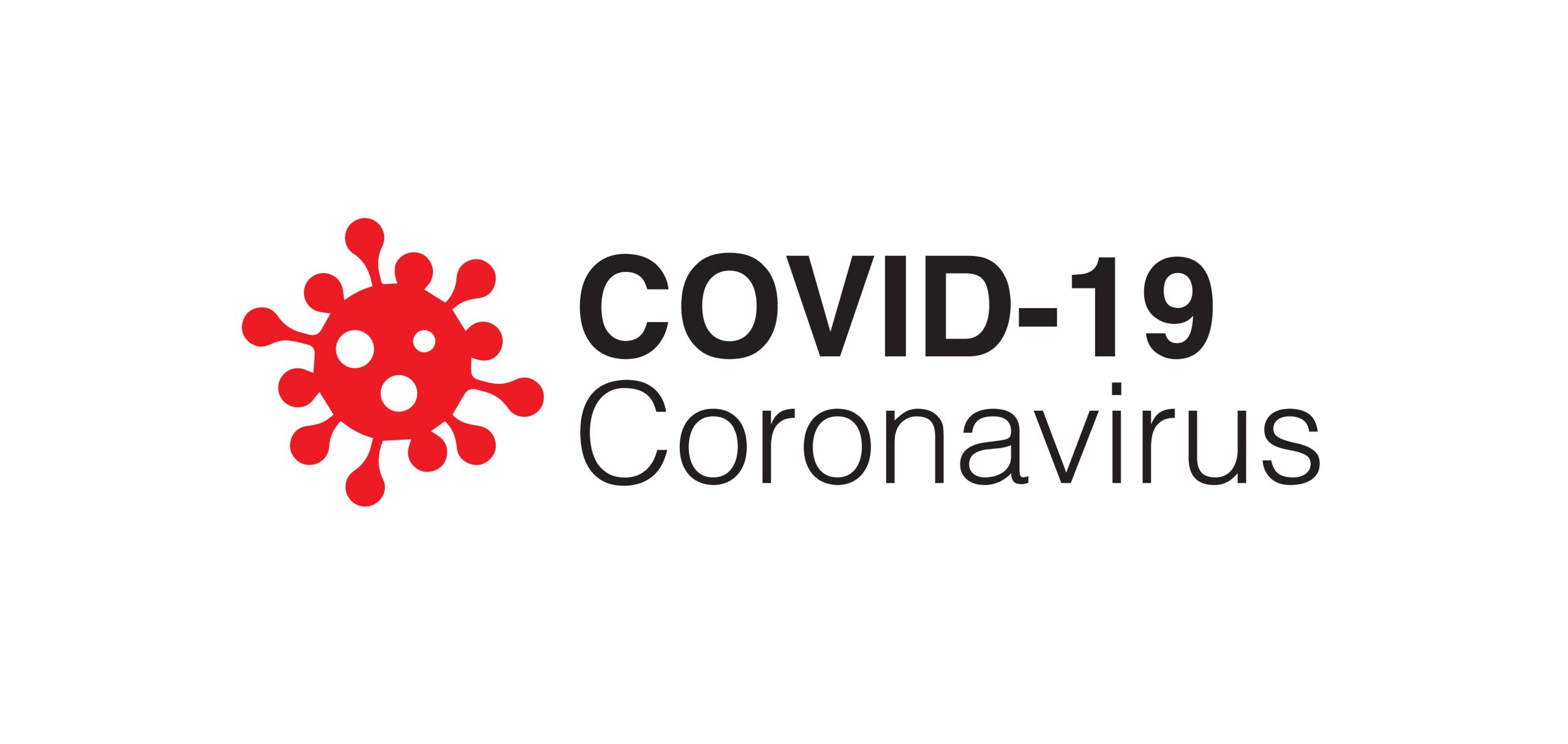(This is the second part of our three-part series about Data Based Lead Prioritization. The first part can be found here.)
Trap Number 2: Sending leads back to Marketing to Qualify – avoid the Pardot Pitfall (aka Ad-Hoc Lead Scoring).
To recap, we have too many leads. Now, the Sales manager hears the chatter by Sales Reps, sees the new problem of having too many leads, and tells marketing “Hey, we need marketing-qualified leads,” which may send marketing down the Ad-Hoc Lead Scoring rabbit-hole. Marketing, or maybe a resourceful data-miner succeeded in delivering to Sales all the leads they could ever want. But, instead of calling it a ‘victory’ and moving on to improve messaging, consolidate the brand, match messaging to personas, or increase awareness, they are tasked with the seemingly impossible: “get people on this list to prove to us that they are worth calling”.
“How do we do that?” Marketing asks. “Make sure it fits our ‘ideal profile’ and then make them visit our website, then we will call them,” ($2-$20 per lead) or “make them watch a webinar, then we will call them,” ($5 to $100 per lead, plus production costs) or “make them open an email, register for an event, or fill out a form” etc. “then we call them”.
There are a few problems here. First, every interaction Marketing secures with a prospect costs money. It may seem cheaper than a Sales Rep’s time, but at $10-20 a click, maybe it’s not.
Second, every time you ask a prospect to do more before your salesperson reaches out to them, you’re increasing the chance that the prospect will fail to see how your product or service fits their needs. Marketing, generally speaking, offers a broad path for most prospects. Sales offers a nuanced and adapted path that speaks to the customer’s specific problems. Putting more marketing interactions between the salesperson and the prospect may drive sales down instead of up -especially if it’s a complicated sale.
Third, when marketing sketches the ‘ideal profile’, they are probably committing the same biases as the sales staff. And, they may be driving salespeople to the same oversaturated market segment.
Fourth, after Marketing has agreed upon a profile, there’s the problem of assigning points to interactions. It seems straightforward. Someone visits your website, give them +3 points, for instance. Someone reads the second part of a three part series(!) +10 points. Someone requests a demo +15 points! It all looks like progress. There are two problems here:
- The obvious problem is that the point values are usually ad-hoc (i.e. guesses) to start with, and unless you have designed and deployed a thoughtful updating algorithm, they are going to stay that way. The point systems are rarely tested and optimized. But, even if they were by some third party, the points that worked for one company are unlikely to be optimized for another.
- But, there is a bigger problem. Your point values might actually be facing the wrong way. If marketing succeeds in getting people to interact with your marketing materials and they decide not to call you, it is likely they are somehow, subtly, not your target audience. All in all, the scores are going to be correlated with how much marketing has paid to get them to interact with your content.
The fifth and final problem with Pardot-Style Ad-Hoc lead scoring is that you can’t tell if it will work until months after you deploy. Out-of-sample testing or back-testing a statistical model, on the other hand, will tell you whether the program is worthwhile before deployment. Not only is it scary to deploy a program where the average outcome is unknown and the range of possible outcomes is limited only by your imagination, it’s also impossible for other departments to plan around it with confidence.
Operations: “You have a new marketing initiative starting?”
Marketing: “Yes, we are implementing Pardot, it looks promising!”
Operations: “How much more inventory should I order?”
Marketing: “… ”
Statistical models allow for more clarity.
Marketing: “If we had employed this model last quarter, our sales people would have converted 20% more leads to opportunities. But, the sales cycle is 6 weeks. So, we will need 10% more than we projected for next quarter, then 20% more for the next quarter.”





